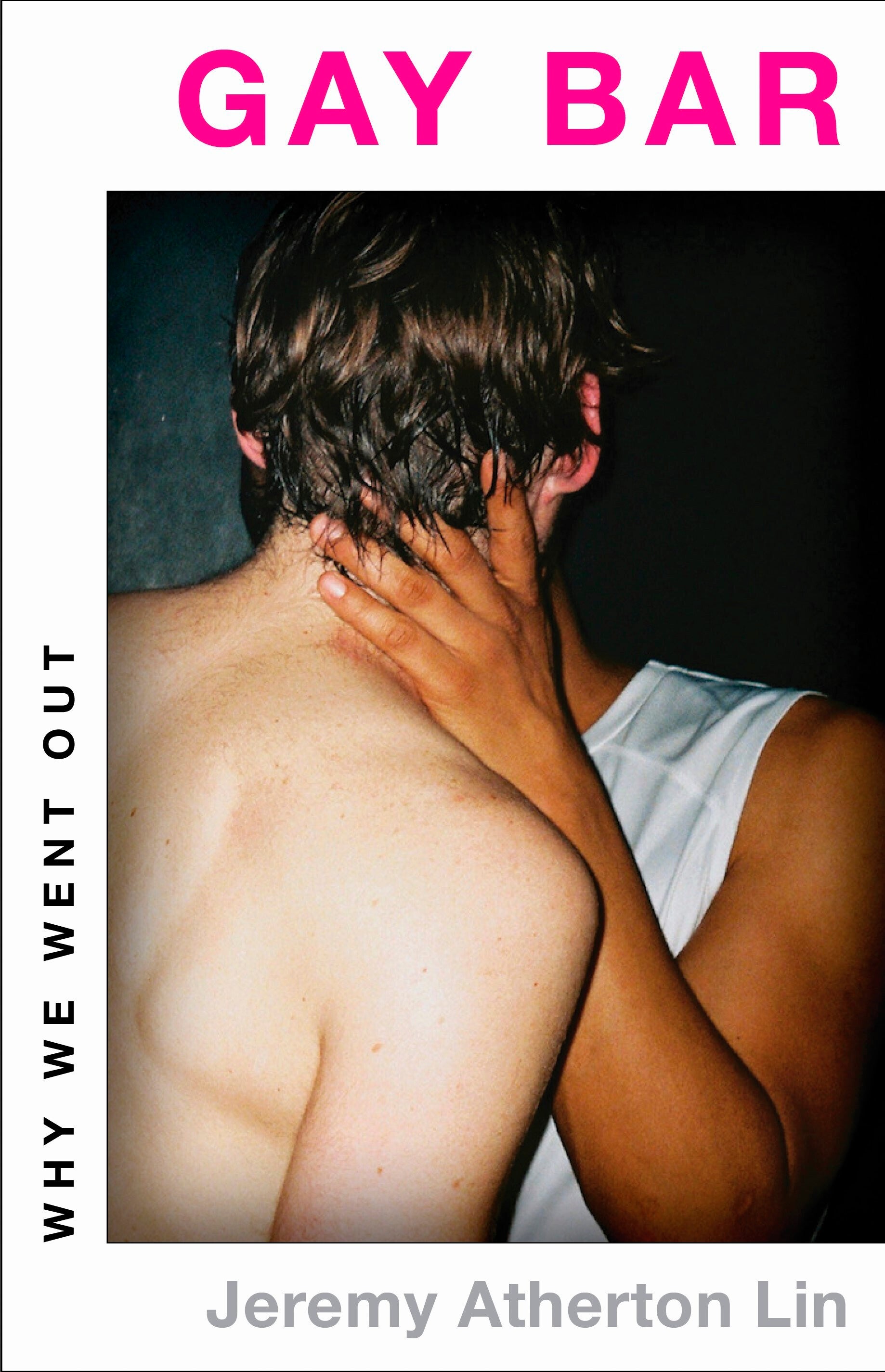Review: Writer explores gay bars as revolutionary spaces
Jeremy Atherton Lin’s “Gay Bar” takes readers on a cross-continental adventure through the gay bars that have shaped his life

Your support helps us to tell the story
From reproductive rights to climate change to Big Tech, The Independent is on the ground when the story is developing. Whether it's investigating the financials of Elon Musk's pro-Trump PAC or producing our latest documentary, 'The A Word', which shines a light on the American women fighting for reproductive rights, we know how important it is to parse out the facts from the messaging.
At such a critical moment in US history, we need reporters on the ground. Your donation allows us to keep sending journalists to speak to both sides of the story.
The Independent is trusted by Americans across the entire political spectrum. And unlike many other quality news outlets, we choose not to lock Americans out of our reporting and analysis with paywalls. We believe quality journalism should be available to everyone, paid for by those who can afford it.
Your support makes all the difference.Jeremy Atherton Lin’s “Gay Bar” (Little, Brown & Co.)
Part memoir and part anthropological exploration, Jeremy Atherton Lin’s “Gay Bar” takes readers on a grand, cross-continental adventure through the gay bars that have shaped his life.
As these institutions continue to close at alarming rates, Atherton Lin vividly reflects on his own experiences visiting gay bars from the early 1990s up to today. At the same time, he examines the vast influence they have had on broader queer life and culture, as well as their storied histories as places of refuge for so many. It is all at once a celebration of these revolutionary spaces, an ode to the activists who fought for their right to exist out in the light, and a critique of some of the more ignominious aspects of the gay bar’s history.
Lin acknowledges that these bars hold a hallowed past, but he also examines whether these party-centric establishments have ever truly been “safe spaces” for young queer people who have nowhere else to go. As today’s queer youth increasingly seek new, calmer kinds of queer sanctuaries, Atherton Lin ponders what role gay bars will continue to serve.
Atherton Lin’s writing can be dense, but his deep and vivid details also bring his memories to life in a way that will make you feel like you are smack dab in the middle of those bars alongside him. His examination of these spaces from all sides will make you think about them in brand new ways.